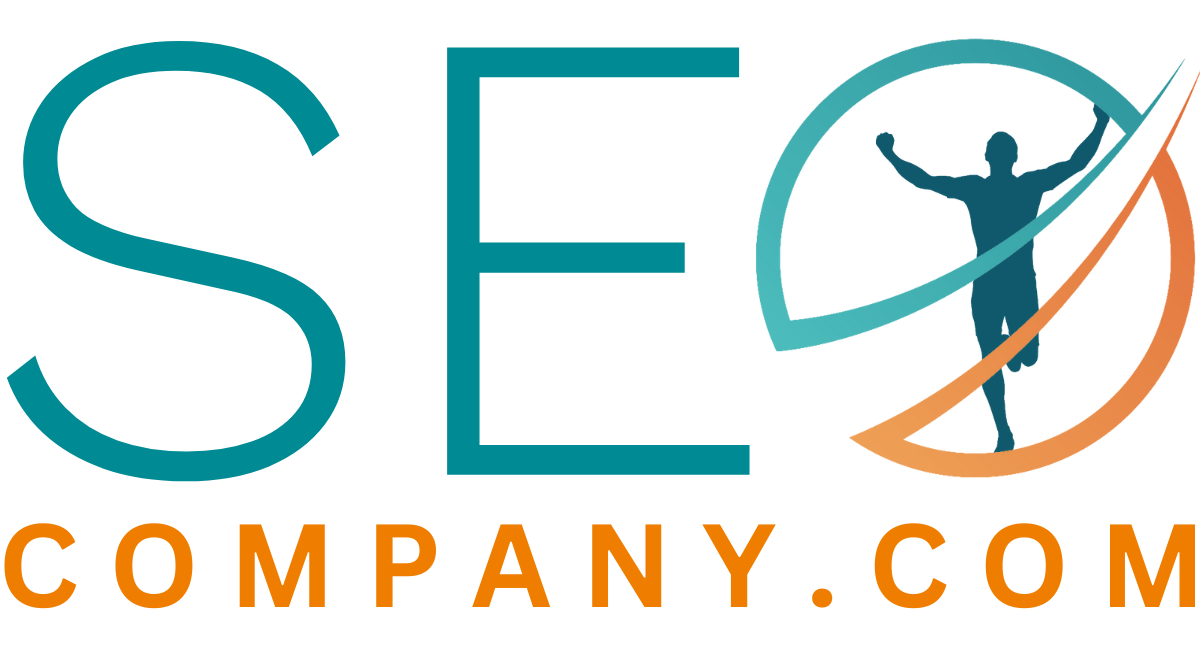What is a Session?
A session in digital marketing analytics refers to a period of time during which a user interacts with a website or application. Sessions are commonly tracked using web analytics tools to measure user behavior and engagement on a website. In technical terms, a session is defined as a sequence of interactions a user has with a website within a given time frame, typically 30 minutes. Each session is identified by a unique session ID that is generated by the analytics tool and stored in a cookie on the user’s device.
Relationship to Web Design:
Web design plays a crucial role in shaping the user experience during a session on a website. A well-designed website can help to engage users and keep them on the site for longer, leading to longer sessions and increased engagement. Factors such as page load times, ease of navigation, and the quality of content all play a role in determining the user experience during a session. Web designers should work closely with digital marketing analysts to ensure that the design of a website is optimized for user engagement and that the analytics tracking is set up correctly to capture session data.
Relationship to Accessibility and User Experience:
Accessibility and user experience are closely linked to sessions as well. A website that is difficult to use or navigate may lead to shorter sessions and decreased engagement. Digital marketers should ensure that their website is designed with accessibility in mind, and that users of all abilities can easily navigate and interact with the site. This can include features such as alt text for images, keyboard navigation, and clear labeling of buttons and links. By providing a positive user experience, website owners can increase engagement and improve session metrics.
Relationship to Search Engine Optimization:
Search engine optimization (SEO) is also closely related to sessions, as search engines such as Google use session data as a ranking factor. Google’s algorithm considers factors such as session duration, bounce rate, and page views per session when determining the quality and relevance of a website. A website that provides a positive user experience and engages users for longer periods of time is more likely to rank higher in search engine results pages (SERPs). However, it is important to note that black hat SEO tactics, such as artificially inflating session metrics through bot traffic or click farms, are against Google’s guidelines and can lead to penalties or even deindexing.
History and Usage:
Sessions have been a core metric in web analytics since the early days of the internet. In the 1990s, webmasters would use server log files to track user behavior on their websites, including the number of visits and pages viewed. As web analytics tools became more sophisticated in the 2000s, session tracking became more accurate and reliable. Today, popular analytics tools such as Google Analytics use advanced tracking techniques to capture session data, including the ability to track users across multiple devices and sessions.
Common Questions:
- Q: What is a session duration?
A: Session duration is the amount of time a user spends on a website during a session. It is calculated by subtracting the start time of the session from the end time. - Q: How is a session ID generated?
A: A session ID is generated by the analytics tool and stored in a cookie on the user’s device. The ID is unique to each session and is used to track user behavior on the website. - Q: What is a bounce rate?
A: Bounce rate is the percentage of sessions in which the user only visits one page and then leaves the website. A high bounce rate can indicate that the user did not find the content or user experience engaging enough to continue exploring the site. - Q: Can I use bots or click farms to artificially inflate my session metrics?
A: No, using black hat SEO tactics to artificially inflate session metrics is against Google’s guidelines and can lead to penalties or deindexing. It is important to focus on providing a positive user experience and engaging content to encourage users to stay on the site for longer periods of time, rather than relying on dishonest tactics to inflate metrics. - Q: Can I track sessions on mobile devices?
A: Yes, most web analytics tools can track sessions on both desktop and mobile devices. However, it is important to ensure that the tracking code is correctly implemented on mobile sites and that the user experience is optimized for mobile users. - Q: How can I improve session metrics on my website?
A: There are several ways to improve session metrics on a website, including:- Providing high-quality and engaging content
- Ensuring fast page load times
- Optimizing the user experience for all devices and abilities
Encouraging users to explore the site further through internal linking and calls to action - Analyzing session data to identify areas for improvement and testing different strategies to improve user engagement.
Conclusion:
Sessions are a fundamental metric in digital marketing analytics, used to measure user behavior and engagement on a website. Web design, accessibility and user experience, and search engine optimization are all closely related to sessions, as they can all impact user engagement and session metrics. By providing a positive user experience and engaging content, website owners can increase session duration and improve other key metrics such as bounce rate and page views per session. It is important to follow Google’s guidelines and avoid black hat SEO tactics when working to improve session metrics, as dishonest practices can lead to penalties or even deindexing.
